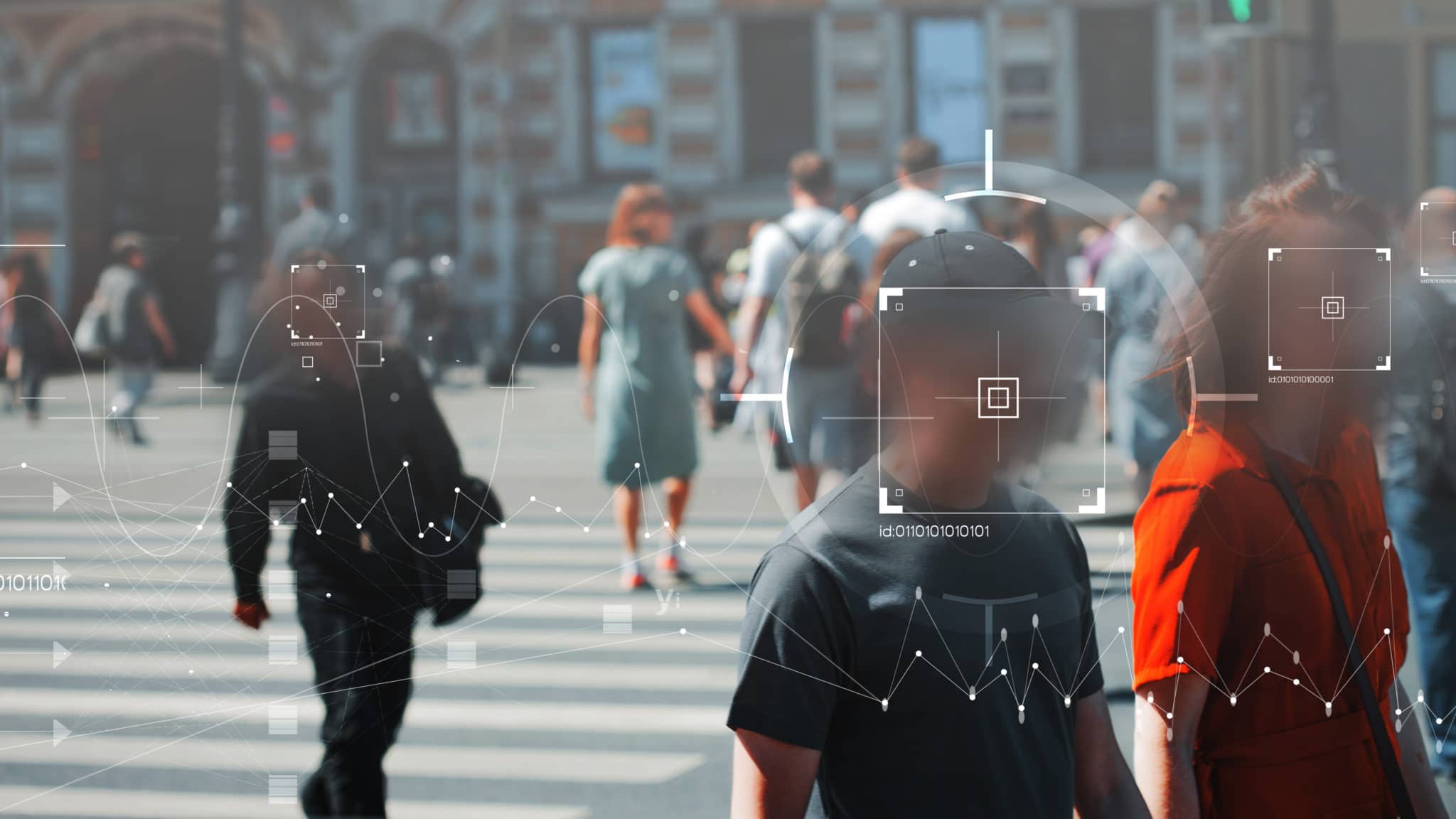
An in-depth interview with Fraser Sampson, the recently appointed Biometrics and Surveillance Camera Commissioner.
There have been several recent cases in the UK which have highlighted the need for public space surveillance. For example, the tragic murder of Sarah Everard has quite rightly increased the focus on the safety of women and girls on the UK’s streets and how surveillance can be used to protect them.
The COVID-19 pandemic has showcased the importance of social distancing and track and trace analytics to help stop the spread of the virus. There is no doubt that surveillance, when used appropriately and proportionately, can bring huge benefits to society as a whole. However, how do we ensure that the use of surveillance doesn’t overstep the mark?
That responsibility has now fallen to the recently appointed new Biometrics and Surveillance Camera Commissioner, Fraser Sampson. In one of his first major interviews since his appointment, Sampson speaks with Security Journal UK about his plans for the role and reveals how he thinks public space surveillance will evolve in coming years.
Understanding the challenges
In March 2021, it was announced that Fraser Sampson had been appointed as the new Biometrics and Surveillance Camera Commissioner. The role had previously been separated into two part-time positions, covering biometrics and surveillance, with Tony Porter having served as the Surveillance Camera Commissioner for England and Wales since 2014.
On the appointment of Sampson to this new combined post, Home Secretary Priti Patel said: “I am pleased to appoint Fraser Sampson as the new Biometrics and Surveillance Camera Commissioner.
“It is vital the government works to empower police to use technology to keep the public safe while maintaining their trust and Fraser Sampson’s extensive experience in law and policing makes him the right person to take up this role.”
Sampson is an Honorary Professor and Research Fellow at Sheffield Hallam University. He is a Solicitor of the Senior Courts of England & Wales. Between 2016 and 2019, he was Chief Executive of the Police, Fire & Crime Commissioner in North Yorkshire. Between 2006 and 2019, he was the Chief Executive and General Counsel for the Police & Crime Commissioner in West Yorkshire and the Executive Director of the Civil Nuclear Police Authority. Sampson was also a police officer for West Yorkshire Police and the British Transport Police, between 1982 and 1996.
Speaking with Security Journal UK, Sampson reflected on his appointment: “I’m incredibly excited about it! This is a very fast moving area and there are many challenging questions to be addressed. Bringing the two roles under one person will also be a challenge in itself, I recognise that my predecessors were two commissioners working a minimum of three days per week each so there will be a lot of work to get through.”
The immediate target for Sampson is to get fully up to speed with everything that will be required of him, he said: “My first priority is to understand the key issues, challenges and expectations associated with each of the roles and functions.
“I want to continue the excellent work of my predecessors, particularly around the voluntary adoption of the Surveillance Camera Code and the third party certification scheme in relation to surveillance camera activity. Another pressing task is to clear the backlog of Biometrics Commissioner decisions and determinations which were waiting for me.”
Balancing security and privacy
One of the key tasks facing Sampson is to continue to try to get the balance right between ensuring the security of everybody whilst also protecting an individual’s right to privacy. During his predecessor’s tenure, the case of Bridges vs South Wales Police caused headlines across the UK when the Court of Appeal ruled that the police’s use of Automated Facial Recognition had been unlawful.
The court said there was no clear guidance on where AFR Locate could be used and who could be put on a watchlist, a data protection impact assessment was deficient and the force did not take reasonable steps to find out if the software had a racial or gender bias.
Mr Bridges’ face was scanned while he was Christmas shopping in Cardiff in 2017 and at a peaceful anti-arms protest outside the city’s Motorpoint Arena in 2018. He had argued it breached his human rights when his biometric data was analysed without his knowledge or consent.
When asked how he plans to tackle the challenge of “Security vs Privacy”, Sampson replied: “I think the short answer is, partly with the support of the industry. I need to better understand the competing views and issues, security and privacy are just two elements of them.
“There are other considerations around wider individual rights and expectations, for example, the impact on freedom of association, assembly and speech in public places. There are also key questions around the technological capabilities that are increasingly on offer from the industry versus the extent to which the police and other public bodies are able to use them accountably or at all.”
Looking specifically at the use of Automated Facial Recognition, Sampson said: “This topic clearly matters greatly to people, it has taken up a most of my early discussions and queries but it is only a narrow area of my responsibilities and functions. Automated Facial Recognition is just one manifestation of technology but I don’t think it is the technology that’s the issue, more important is what the police and other bodies do with the technology and how accountable they are for their decisions in doing so.
“I think there will be an increase in discussions about the different pressures on police in relation to the emergence of this type of technology. It is a perfectly proper challenge to ask, how are you able to demonstrate that the use of these systems is both proportionate as well as lawful and that it doesn’t adversely impact any members of our communities based on individual characteristics?
“At the same time, it is also a perfectly legitimate challenge to local policing to say, if this technology is available and can be deployed readily, inexpensively and at scale, on what basis are you not using it to provide reassurance and safety and discourage certain types of crime in public spaces? I think both of those challenges are entirely legitimate and they need to be balanced by the police.”
Sampson continued: “I think the principal issue for me is that people are assured that there are governance mechanisms in place for their local and national policing that will allow them to raise these challenges and provide transparency as well as full and meaningful answers.”
Going above and beyond
Of course, the rapid rate of technological development means that it is incredibly difficult for any governance framework to keep up. Sampson expects this trend to continue in both the surveillance and biometrics areas: “I believe biometrics will evolve beyond anything we could have predicted in the previous five years. Innovation and technological development are happening far too quickly for individual pieces of specific legislation to keep up. I’ve yet to hear of any workable alternative to a principles-based approach to governance and accountability.
“From a surveillance perspective, I think there will continue to be public expectation that areas are monitored in the name of safety and protection. I believe this will be accompanied by an insistence that this monitoring is done in a balanced and fair way, that demonstrates not only compliance with data protection and human rights legislation, but in accord with community expectations as well. I’m really looking forward to engaging with our many partners across the industry to ensure we get this right.”
There will unquestionably be many challenges for Fraser Sampson and his team to overcome during his tenure as Biometrics and Surveillance Camera Commissioner. Getting the balance right between security and privacy will certainly be high on that list of challenges. There is no doubt the UK security industry wishes Fraser well in finding that balance.

This article was originally published in the April edition of Security Journal UK. To read a free digital copy of the magazine, click here.